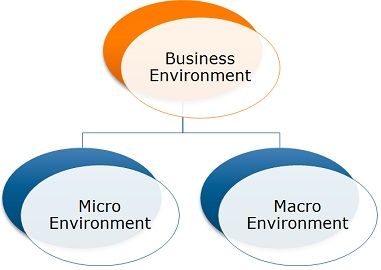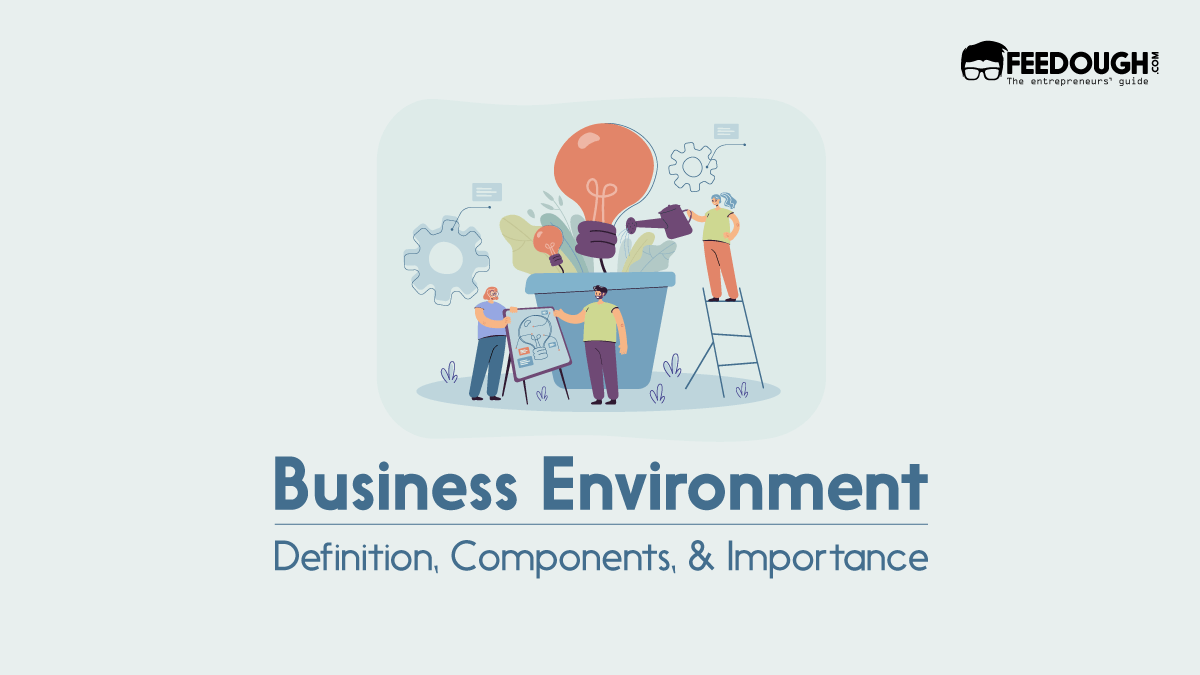The economic environment refers to the various factors that can influence the production, distribution, and consumption of goods and services. These factors can include macroeconomic conditions, such as the level of economic growth, inflation, and unemployment, as well as microeconomic factors, such as consumer demand, market competition, and the availability of resources.
One of the key elements of the economic environment is the level of economic growth, which refers to the rate at which an economy is expanding. Economic growth is typically measured by the gross domestic product (GDP), which is the total value of all goods and services produced within a country in a given year. High levels of economic growth can lead to increased productivity, higher incomes, and improved living standards. Conversely, low levels of economic growth can lead to stagnation, reduced income levels, and declining living standards.
Inflation is another important element of the economic environment. Inflation refers to the rate at which the general level of prices for goods and services is rising, and subsequently, purchasing power is falling. Central banks, such as the Federal Reserve in the United States, often aim to maintain a low and stable level of inflation, as high levels of inflation can lead to uncertainty, reduced purchasing power, and economic instability.
Unemployment is also a significant factor in the economic environment. Unemployment refers to the percentage of the labor force that is actively seeking work but is unable to find it. High levels of unemployment can lead to a decrease in consumer spending, as individuals have less disposable income. It can also lead to social and political unrest, as individuals may feel disenfranchised and disconnected from the mainstream economy.
In addition to macroeconomic factors, the economic environment also includes microeconomic factors that can influence the production and consumption of goods and services. Consumer demand, for example, refers to the desire of individuals to purchase goods and services, and it can be influenced by factors such as income levels, consumer confidence, and the availability of credit. Market competition, on the other hand, refers to the presence of multiple firms offering similar products or services in a given market, and it can influence the pricing and marketing strategies of these firms.
Finally, the availability of resources is another important element of the economic environment. Resources refer to the inputs needed to produce goods and services, such as labor, capital, and raw materials. The availability of these resources can influence the production and cost of goods and services, as well as the overall competitiveness of an economy.
In conclusion, the economic environment is made up of a complex web of factors that can influence the production, distribution, and consumption of goods and services. Understanding these factors is crucial for businesses, policymakers, and individuals as they make economic decisions and navigate the changing economic landscape.








